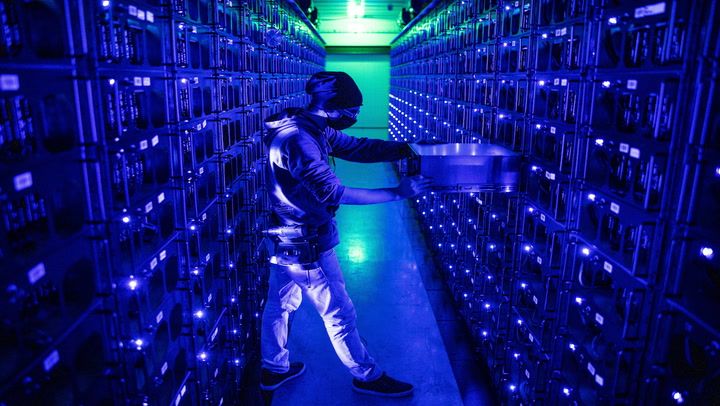
In the early days of Bitcoin mining, the industry began with CPUs and later turned to GPUs, eventually evolving to the powerful ASIC models that gained prominence in 2013. These ASICs typically come in a distinctive shoebox shape, which has become standard.
However, the future may bring new designs that align more closely with traditional server racks. Manufacturers are responding to calls for better efficiency and integration with existing data center technologies.
Challenges remain, including substantial modifications to current infrastructure and the need for miners to re-evaluate their cooling strategies and power compatibility. Recent models by Bitmain, MicroBT, and Auradine reflect a shift towards server-compatible designs, indicating changes that could significantly impact how Bitcoin mining operates.
Shoebox Out
The evolution from traditional models is largely driven by miner feedback. As noted by Auradine’s Sanjay Gupta during a recent interview, the demand for hydro-cooled solutions is rising, pointing to a transformative shift in design preferences.
Enter AI and HPC
Constructing data centers with server designs could facilitate easier scaling for AI applications, a growing area of intersection with bitcoin mining.
Who’s Buying It?
Transitioning to server rack designs is still nascent, but signs suggest that major players like Hut 8 are taking significant steps to adopt these innovations, which could pave the way for widespread acceptance in the mining community.


